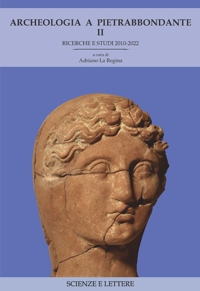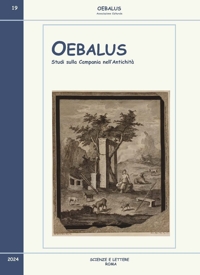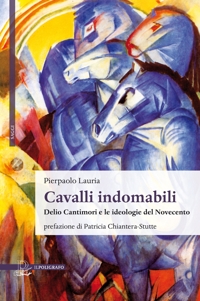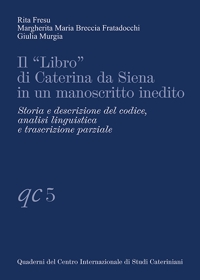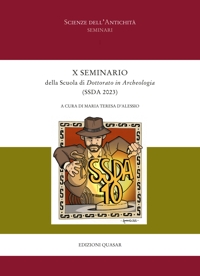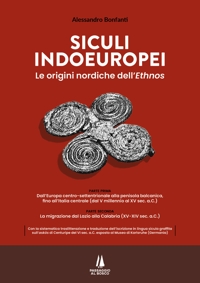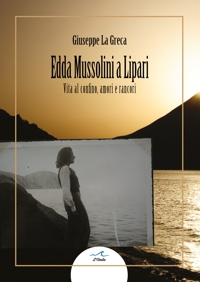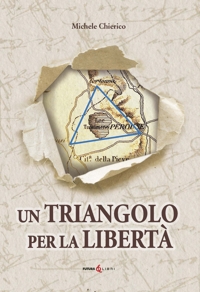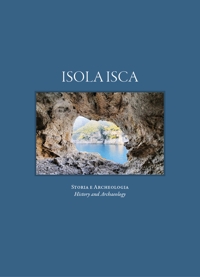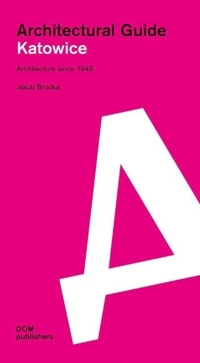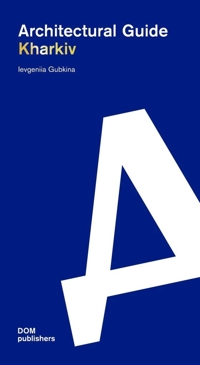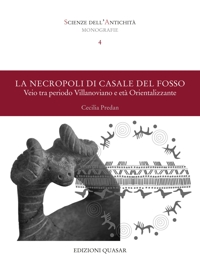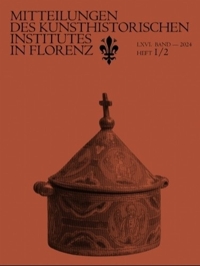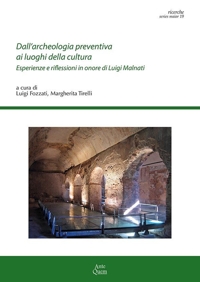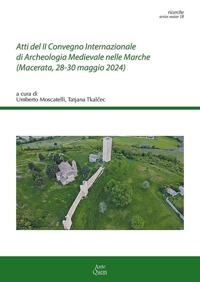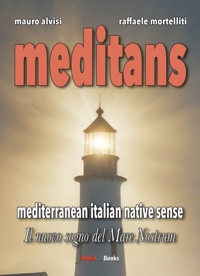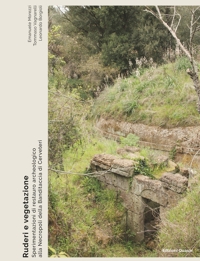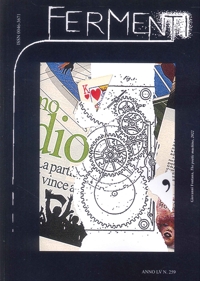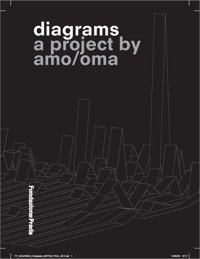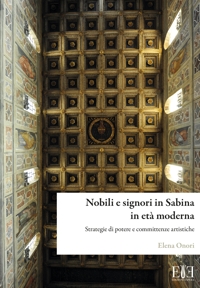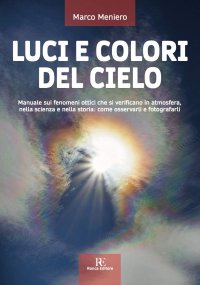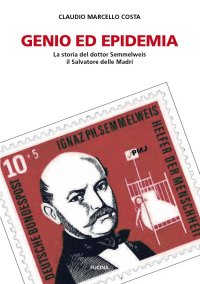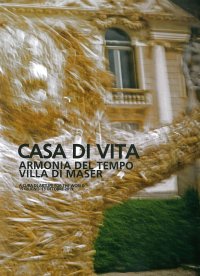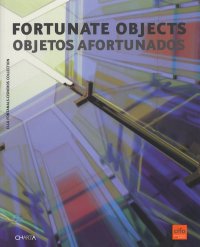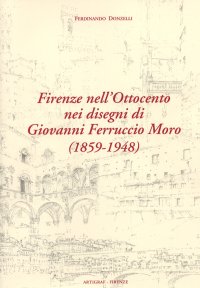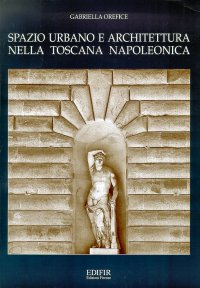Felice Palma. Massa 1583-1625. Collezione / Collection.
Texts by Andrei Cristina, Ciarlo Nicola, Federici Fabrizio, Claudio Casini and Sara Ragni.
Italian and English Text.
Pontedera, 2024; bound in a case, pp. 289, b/w and col. ill., b/w and col. plates, cm 24,5x34.
(L'Oro Bianco. Straordinari Dimenticati. The White Gold Forgotten Masters).
cover price: € 160.00
|
Books included in the offer:
Felice Palma. Massa 1583-1625. Collezione / Collection.
Texts by Andrei Cristina, Ciarlo Nicola, Federici Fabrizio, Claudio Casini and Sara Ragni.
Italian and English Text.
Pontedera, 2024; bound in a case, pp. 289, b/w and col. ill., b/w and col. plates, cm 24,5x34.
(L'Oro Bianco. Straordinari Dimenticati. The White Gold Forgotten Masters).
FREE (cover price: € 160.00)
Le botteghe del marmo
Italian and English Text.
Ospedaletto, 1992; bound, pp. 153, 10 b/w ill., 60 col. ill., cm 24x29.
(Immagine).
FREE (cover price: € 34.49)
Museo Stefano Bardini. I Bronzetti e gli Oggetti d'Uso in Bronzo
Edited by Nesi A.
Firenze, 2009; paperback, pp. 191, 102 b/w ill., 7 col. ill., cm 17x24,5.
(Museo Stefano Bardini).
FREE (cover price: € 30.00)
Bronzetti e Rilievi dal XV al XVIII Secolo
Bologna, 2015; 2 vols., bound in a case, pp. 729, ill., col. plates, cm 21,5x30,5.
FREE (cover price: € 90.00)
Egon Schiele
Skira
Edited by R. Chiappini.
Lugano, Museo d'Arte Moderna, 16 marzo - 29 giugno 2003.
Milano, 2003; paperback, pp. 247, 30 b/w ill., 94 col. ill., cm 25x28.
(Arte Moderna. Cataloghi).
series: Arte Moderna. Cataloghi
ISBN: 88-8491-581-3 - EAN13: 9788884915818
Subject: Essays (Art or Architecture),Monographs (Painting and Drawing)
Period: 1800-1960 (XIX-XX) Modern Period,1960- Contemporary Period
Places: No Place
Extra: Flamish, German Art,Impressionism/Expressionism
Languages: 
Weight: 1.58 kg
The monograph, which has the same chronological structure as the exhibition, covers all the salient moments in Schiele's brief artistic career through around forty paintings and the same number of works on paper executed between 1907 and 1918 and coming from prestigious private collections and museums all over the world: works of extraordinary power and emotional impact that illustrate the evolution of his style and specific moments in his creative development.
The volume - which comprises essays by Rudy Chiappini (director of the Museo d'Arte Moderna in Lugano), Patrick Werkner, Jane Kallir, Achille Bonito Oliva, Kimberly Smith and Annette Vogel - documents Schiele's importance in the art of the 20th century, his early Viennese period and the artistic, cultural and social context of the city at the turn of the century, the role of the portrait and the nude in the artist's work, his landscapes and his work on paper.
This is followed by the catalogue of the works on show and the volume concludes with a biography, a list of one-man shows and joint exhibitions and a bibliography.
Born in Austria in 1890, Egon Schiele enrolled at the Vienna Academy of Fine Arts in 1906. Here, in 1907, he met Gustav Klimt, who encouraged him to improve his drawing technique, focusing on line and outline. Schiele, who considered Klimt his spiritual father, developed a style all of his own and in 1909 left the academy to found, along with other artists, the Neukunstgruppe.
Accused of having seduced a minor in 1912, he was arrested and held for three days. His open cohabitation with his model Wally Neuzil and the fact that his paintings and drawings were considered pornographic kept the artist on the sidelines of traditional Austrian society. In 1915 he married Edith Harms but, four days after the wedding, was called up for military service and sent to Prague. He returned to Vienna in July of the same year. A great exponent of Austrian Expressionism and one of the most brilliant draftsmen of all time, Schiele took Klimt's restrained eroticism to dramatic extremes. Although he lived in poverty for much of his life, in 1918, just six months before his death, a major retrospective held as part of a Sezessionist exhibition in Vienna brought the originality and incisiveness of his work to the attention of the public, bringing him success. In autumn of the same year his young and pregnant wife died of the Spanish flu; three days later, on October 31, 1918, Schiele died of the same disease at the age of only twenty-eight.
Daniele Amato € 19.00
€ 20.00 -5 %
Marco Cassini € 14.25
€ 15.00 -5 %
Out of Catalog











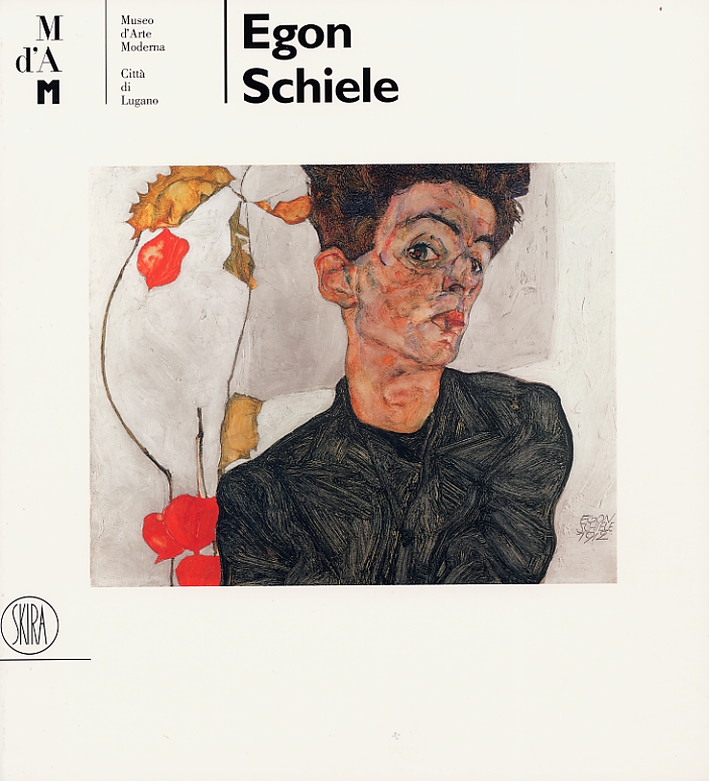
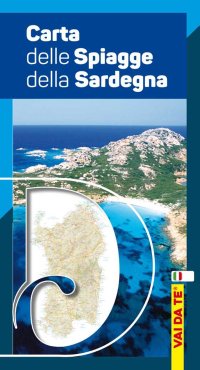
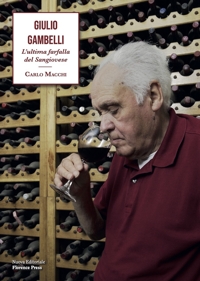
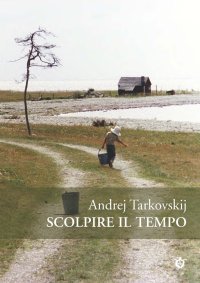
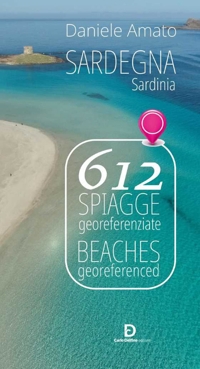
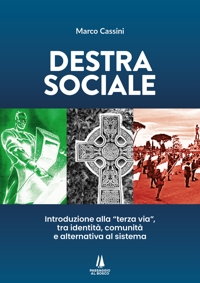
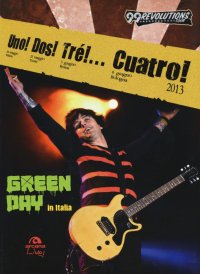

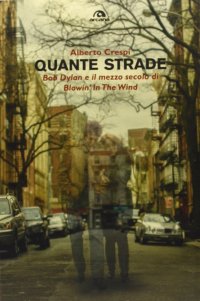
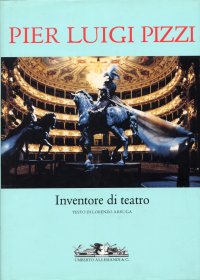

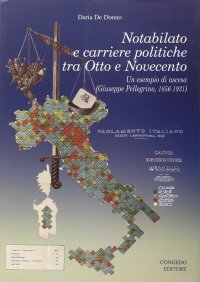
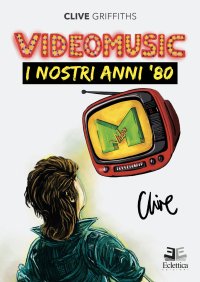

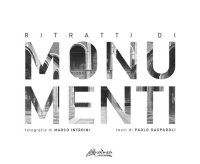
![Incantevole Puglia. Fra arte, storia e natura. [Edizione Italiana e Inglese]](https://immagini.libroco.it/copertine/IMMAGINI/3073/m-1536619.jpg)
